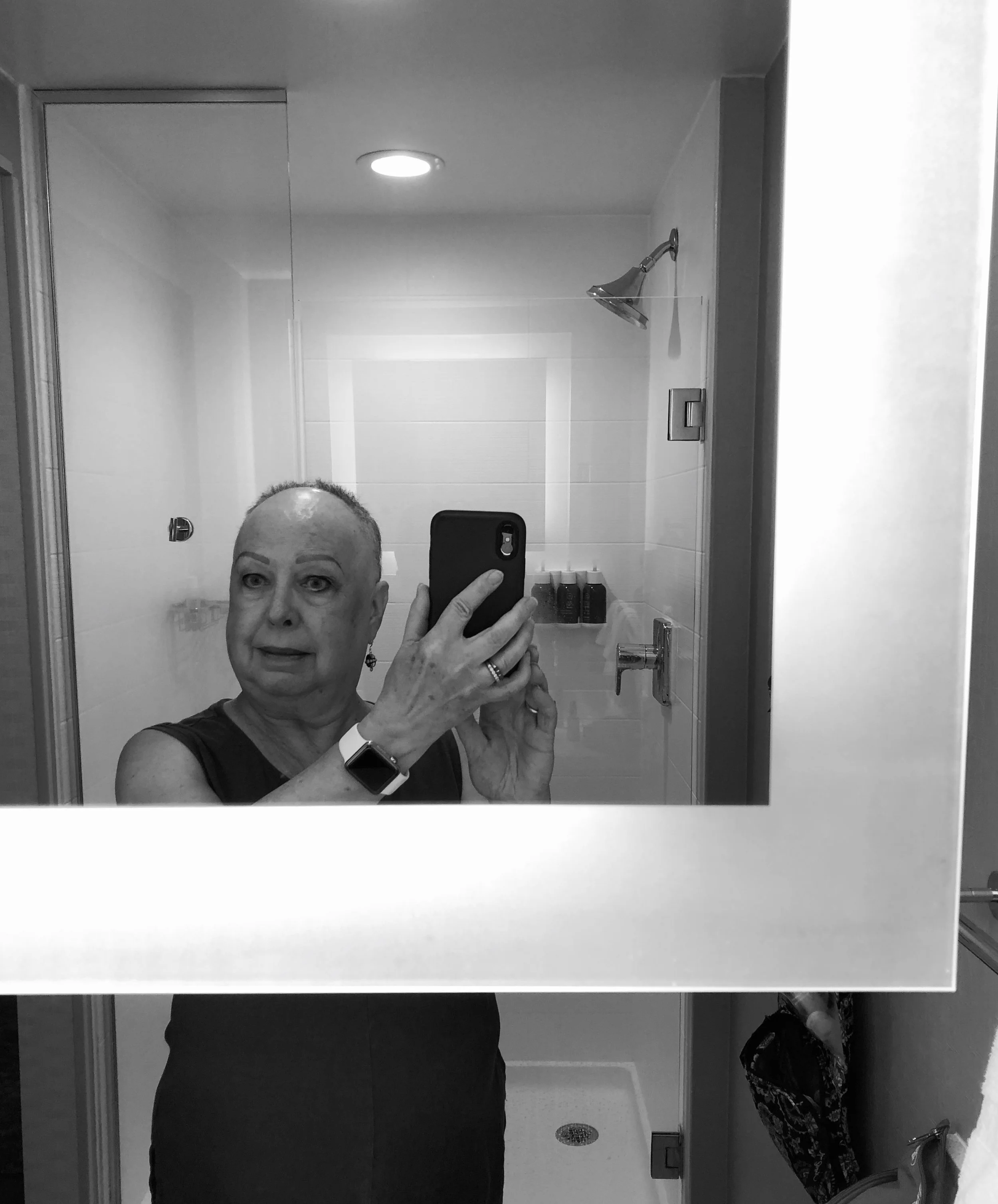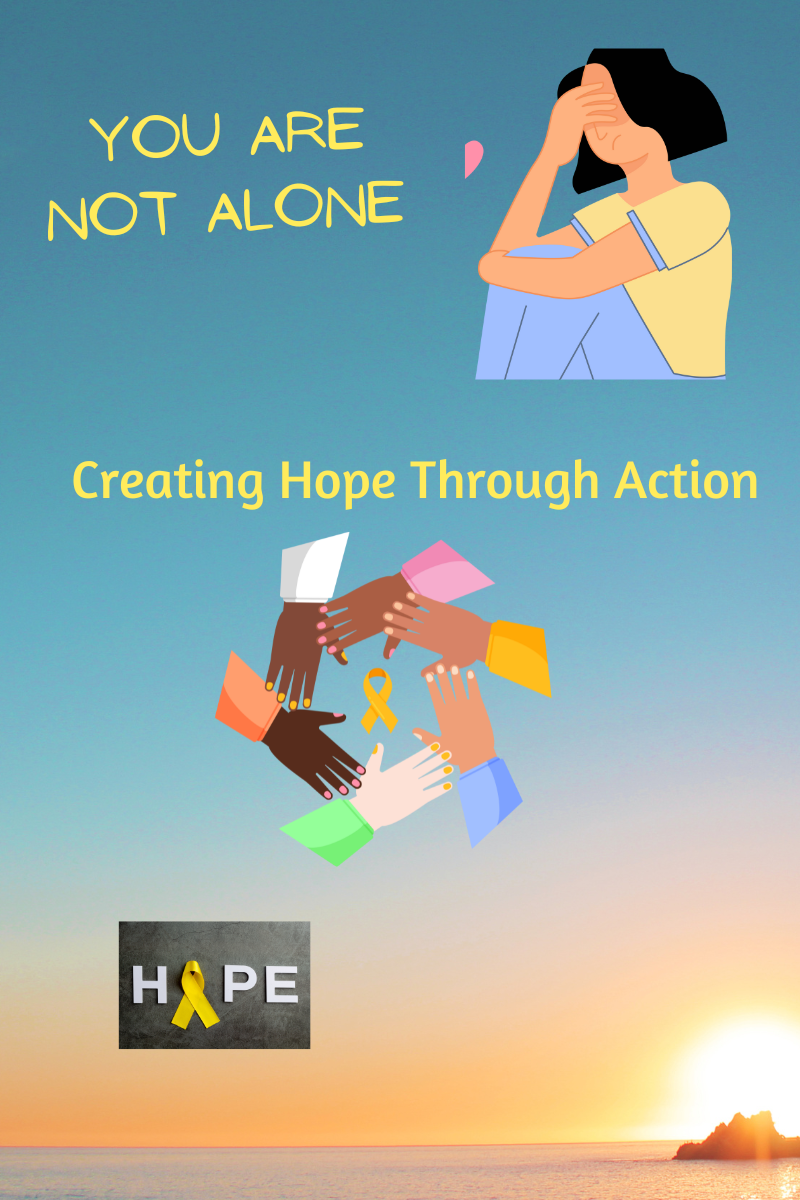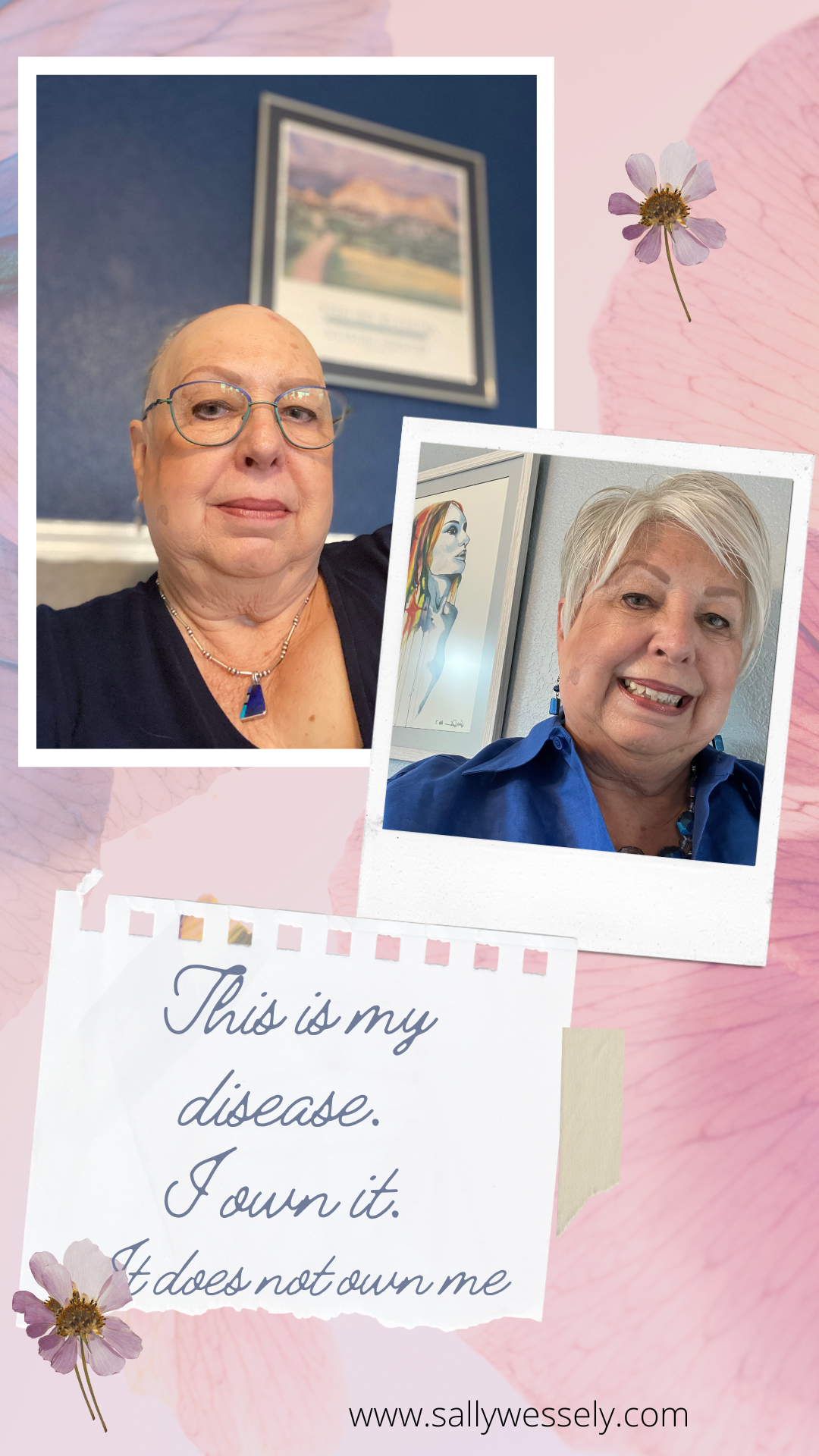I liked that we didn’t have a campfire because sitting around an old stove felt more like the times I remember from childhood when each spring we would first open up the old house in the mountains that my grandparents owned. In early spring days, the air was so frigid after the house had been closed up all winter that my grandfather and father would immediately start both the old iron cookstove in the kitchen and the old potbelly stove in the living area so they could begin to thaw things out. We kids would huddle around the stoves trying to get warm as my grandmother, mother, and aunts would go about sweeping the floors and removing a winter’s layer of dust from all of the furniture.
As we sat by the fire this past weekend, I began to reminisces of other times a wood burning stove figured largely in my life. I began to make so many connections to the young girl who once lived in such a different era, the era right after World War II, and was comforted by knowing that that same young girl is well known by this woman now in the eighth decade of life. She and I have changed; the young girl that I was has aged and matured, but she and I also remain the same in matters of who I am at my core.
As I reminisced, I recounted how when I was a child, up until I went to school, my mother still cooked on an old stove that required coal or wood. She often opened up the fire box to heat up the kitchen. I remember the sizzle and steam that would come off of my snow covered winter mittens after I placed them over the warming oven to dry out after playing in the snow. I remembered her cleaning out the ashes from the stove, and somewhere, very deep in my memory, I also have a slight memory of the ash box located on the side of my childhood home that had to be emptied. I don’t remember the furnace, don’t know where it was, but I do remember the dirty task my mother had of emptying those ashes from the ash box outside.
“Why do these connections to memory matter?” I ask myself, as I sat with my husband, my daughter, her husband, my granddaughter and her boyfriend in the autumn air of 2022. Those times and and the people that lived them with me long ago, the ones from the generation before mine, are now all gone. “Are my memories, my connections I keep making, even relevant anymore?” Relevance of old memories seemed to apply to me only, so I decided to listen more than talk. (I know! That is a rarity for me!)
I decided to be in the moment as I joined the others for a rare weekend together. “Savor the time,” I remind myself. “You don’t get that much time with family these days.”
When my daughter invited us to join them for the weekend, she said, “We live outside on the deck next to the stove when we are there. We cook outside, and we just sit and enjoy the time. We don’t even cook or eat inside if we don’t have too.” That sounded like the very best way to close out September to me. Soon, too soon, we’d be stuck inside all day wishing we could could be outside enjoying the last days of summer and the early days of autumn.
The day turned to evening as I listened to all the sounds that bring me joy: voices of my loved ones sharing stories, making puns, laughing. The background music of a real stream made the time all the more special as we sat bundled up in layers of clothing or old quilts. During such times, I loath to go inside. I want to breathe in the fresh mountain air, tinged a bit with smoke, but not enough smoke to make me sneeze or cough, as long as I can.
Dark skies, silhouetted trees, stars, and cool breezes awakened in me more memories of those other days spent in the mountains that began when I was a very small child and have continued throughout my life. As summer draws to a close, I often lament loudly to all who will listen that I’ve not been in the hills enough in recent years.
I’m most alive and most in touch with who I am in the thin mountain air of Colorado. I drink in all that being in the moment teaches me as I sat on that deck relishing all that early fall offers the heart willing to harvest beauty to hold on to as fall turns to the dark days of winter.
The air whispers a new awareness as I sit quietly taking in all my senses. Suddenly I understand as I never have before that connections don’t just form in the mind. Visceral connections are made in the body. They remain there. The mind and the body are all connected in ways I’m just learning in recent years.
There is a body awareness that I have out of doors, especially in the mountains, that brings back exactly how the air felt when an event happened decades ago. The light, the air, the interplay of the wind with the aspen leaves takes me back to that time as a young girl about to launch into adulthood when I lived in Leadville, Colorado.
I am connecting with her again, that young girl who felt so alive and present to all that life had to offer. Soon, I’m remembering the sounds that were present as I sat next to a stream with my girlhood friend when we decide to start our tans early by stripping to our panties and bras so we could sunbathe on a huge rock in the middle of the stream. Mary, my high school nemesis/best friend who went off to college with me, has been dead now for twelve years, but I see her red curls, her mischievous blue eyes, and I hear all her Maryisms in my mind. Our connection still lives in the mountains, and there we are still vibrantly young and healthy and able to conquer the mountains passes we climbed together, both on foot and in that old blue Ford coup from the early 50’s that she drove.
Oh those days! The mountains were not so populated then. Vail Ski Resort did not exist, but the mountain did, and my friends I drove to the top of it in an old jeep and marveled at the views, unobstructed then by what was to come with development. None of the big attractions that bring so many to the Colorado mountains no matter the season existed in the early sixties. The hills were ours to roam freely, and all of us teens who lived high in those clouds did so with great abandon and adventure. “That too is part of who I am,” I think.
The silhouetted trees, the sound of the stream, the pipe smoke coming from my son-in-law, and the smell of burning wood from the stove take me right back to sitting around a campfire listening to the stories of my dad, my aunts and uncles, all masterful storytellers, especially my dad, as they shared wisdom, laughter, and wit. So much wit. Our sides would ache from laughter as loud boisterous jokes and stories filled the air as we sat by the campfire. I learned so much history, family history, Colorado history, U.S. history, railroad history. If only I could remember it all. I listened as they, my dad and his siblings, shared all the great books they were reading. This was and is my legacy. I grew up in a world rich in literacy, story telling. Vocabulary was used in ways that enriched my mind and turned me into a lover of all who are well versed in word smithing both in the oral tradition in the written.
In those days of long ago, I remember not wanting to fall asleep. I wanted the keep listening to the stories, but soon we were sent off to bed. We’d snuggle down into old feather filled army sleeping bags, strongly smelling of the last camping trip campfire, that had been placed atop oily smelling tarps meant to keep the ground air from freezing our bones. Those tarps also kept us dry when the dew formed in the morning. If we were lucky, we, my cousins, siblings and I, would also have a few old army-green, itchy wool blankets to spread on top of our bags for additional warmth. The stars were our entertainment for the night. We would try to find the star constellations our grandmother taught us, or we looked for shooting stars. Sometimes, we told ghost stories. No wonder I fell asleep shaking, and not just from the cold.
Now, I’m grateful to have a house to enter in this stage of life when I was invited to go “camping” at the cabin owned by family members of daughter’s husband. And, it goes without saying that I was grateful for a bed, piled high with quilts to sleep in as I cuddled as close as I could get to the warmth-giving body of my husband.
The bathroom with running water and a flush toilet was a definite bonus. My son-in-law did point out to me the outhouse up the hill from the main house, “just in case.” “It is a two-holer,” he says. And it is called The Sweet Pea. (I saw lots of wild sweet peas growing on the property, so I assumed that inspired the name. 😊
It’s not just the mountain air that whispers all these memories to me as I sit with my loved ones in a tight circle of love, it is the location. While I’d never been to this particular spot, this family cabin that belongs to a family I am now connected to, I have spent so many precious times in the part of my beloved state, Estes Park, Colorado. That is a destination I always like to have on my plans for a getaway.
My father once told me that it was in Estes Park when he was on a “young people’s retreat” with others from the church where he grew up that he first decided my mother was the one for him. He knew her. They went to church together. They “ran” in a group, but it was on a horseback excursion that he fell for her. (As far as I know, that was the only falling that happened that day. In fact, I never heard of my parents riding horses except for that one time!)
I also have an old photo of my mother on a cabin trip to Estes Park with her girlfriends when she was a young woman.
























